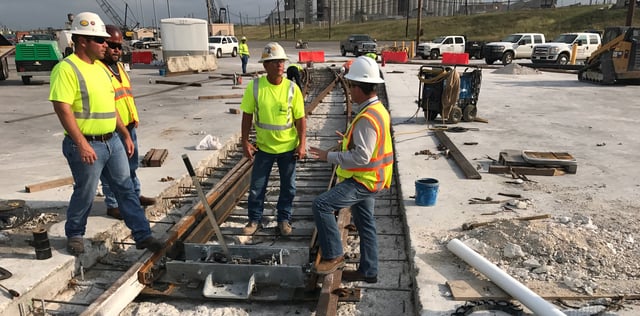
Port Houston is investing $2 million biannually in its rail track switches to keep freight moving, and this process for upgrading infrastructure changes with the times as cargoes and methods evolve.
In 2014, Port Houston’s operations division decided to take inventory of the number of rail switches, both active and inactive, at the Turning Basin for asset management purposes.
The port’s Geographic Information Systems team loaded the rail asset information into a Turning Basin interactive map to support Port Houston’s operational decision making on where to start with improvements and repairs.
This research showed locations where the tracks were straight or diverged into two way traffic. The port had a total of 172 rail switches. A portion of the rail infrastructure needed to better align with current industry standards. The Turning Basin Terminal is more than a century old. Modernizing the system to keep up with new equipment was a priority.
“The track and rail infrastructure at the Turning Basin was developed to move agricultural products, such as cotton, in smaller rail cars years ago,” said Don Smith II, construction manager for Port Houston. Today, heavy lift and project cargo products are shipped by rail at the port.
The rail cars leaving the Turning Basin Terminal carry bulk products, and typically deliver to Port Terminal Railroad Association locations for interchange onto class I railroads or directly to private industry.
“It’s a great story of investment. We’ve come a long way with this project, which ties back to our strategic goal of infrastructure and is part of our port-wide capital improvement plan,” added Smith. “This project supports the efficient movement of freight in and out of our general cargo facility.”


